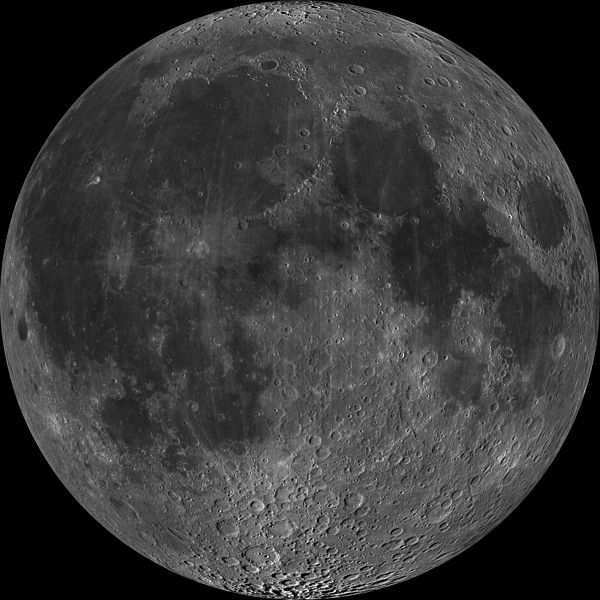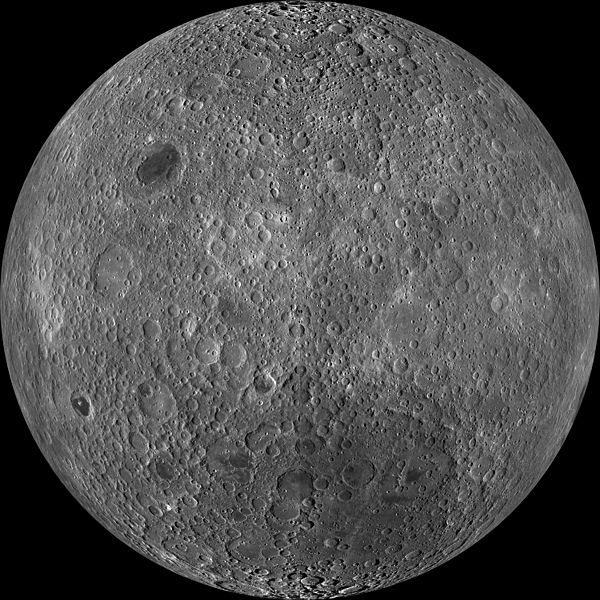Gerard Peter Kuiper was a Dutch-American astronomer, planetary scientist, selenographer, author and professor. He is the eponymous namesake of the Kuiper belt.
Kuiper in 1964
Gerard P. Kuiper Space Sciences building at the University of Arizona
Selenography is the study of the surface and physical features of the Moon. Like geography and areography, selenography is a subdiscipline within the field of planetary science. Historically, the principal concern of selenographists was the mapping and naming of the lunar terrane identifying maria, craters, mountain ranges, and other various features. This task was largely finished when high resolution images of the near and far sides of the Moon were obtained by orbiting spacecraft during the early space era. Nevertheless, some regions of the Moon remain poorly imaged and the exact locations of many features are uncertain by several kilometers. Today, selenography is considered to be a subdiscipline of selenology, which itself is most often referred to as simply "lunar science." The word selenography is derived from the Greek word Σελήνη and γράφω graphō, meaning to write.

"Lunar Day," from the book Recreations in Astronomy by H. D. Warren D. D., 1879. Later study showed that the surface features are much more rounded due to a long history of impacts.
A study of the Moon from Robert Hooke's Micrographia of 1665
Lunar near side
Lunar far side






